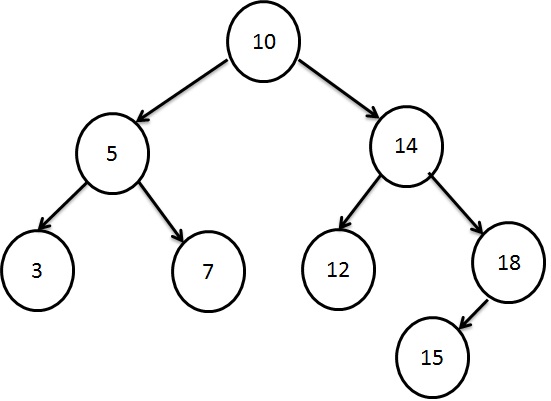Java - Iterator
Iterator
Java Iterator is used to traverse through the elements of a Java collection in forward direction. Java collection includes List, Queue, Set and similar other data structures. Iterator has methods to remove element as well.
boolean hasNext()
E next()
default void remove()
ListIterator
It is used to iterate through a List in either direction. It has methods to add element and remove element.
List Iterator has the following methods:
void add(E e) - To add elements to a list boolean hasNext() - returns true if the list has a next element boolean hasPrevious() - returns true if the list has a previous element E next() - returns the next element E previous() - returns the previous element void remove() - removes the current element void set(E e) - sets the current element with the value provided
Example
import java.util.ArrayList;
import java.util.Arrays;
import java.util.List;
import java.util.ListIterator;
public class ExampleListIterator {
public static void main(String a[]){
Integer array[] = new Integer[]{10,5,6,3,91,200};
List arrayList = new ArrayList<>(Arrays.asList(array));
ListIterator itr= arrayList.listIterator();
System.out.println("Using boolean hasNext()");
System.out.println("and E next()");
while(itr.hasNext()){
System.out.print(itr.next()+ " ");
}
System.out.println("\n");
System.out.println("Using boolean hasPrevious()");
System.out.println("and E previous()");
while(itr.hasPrevious()){
System.out.print(itr.previous()+ " ");
}
System.out.println("\n");
}
}
Output
Using boolean hasNext() and E next() 10 5 6 3 91 200 Using boolean hasPrevious() and E previous() 200 91 3 6 5 10
Example 2
import java.util.ArrayList;
import java.util.Arrays;
import java.util.List;
import java.util.ListIterator;
public class ExampleListIteratorAddRemove {
public static void main(String a[]){
Integer array[] = new Integer[]{10,5,6,3,91,200};
List arrayList = new ArrayList<>(Arrays.asList(array));
ListIterator itr= arrayList.listIterator();
int index=0;
System.out.println("Using void add(E e)");
while(itr.hasNext()){
index++;
itr.next();
if(index==3)
{
itr.add(5000);
}
}
System.out.println("After Adding an Element 5000 to the list...");
System.out.println(arrayList);
itr= arrayList.listIterator();
System.out.println("\n");
System.out.println("Using void remove()");
index=0;
while(itr.hasNext()){
index++;
itr.next();
if(index==2)
{
itr.remove();//removes 5
}
}
System.out.println("After removing the element at index 2 in the list...");
System.out.println(arrayList);
}
}
Output
Using void add(E e) After Adding an Element 5000 to the list... [10, 5, 6, 5000, 3, 91, 200] Using void remove() After removing the element at index 2 in the list... [10, 6, 5000, 3, 91, 200]










 Krivalar Tutorials
Krivalar Tutorials 